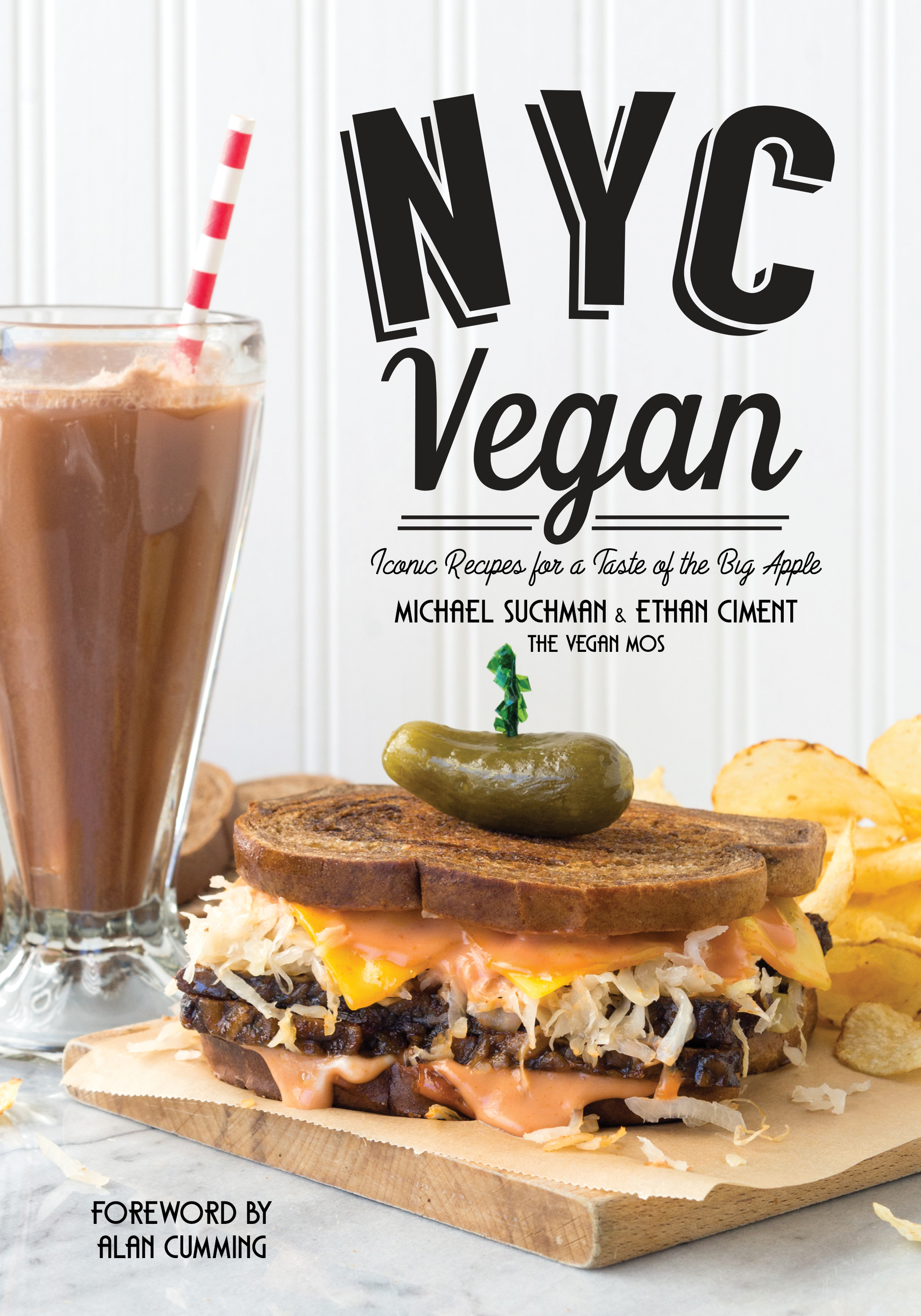Within hours of going live with this blog, I was immediately inundated with questions on the health benefits and risks of consuming soy products. With lots of people asking the same thing, it became abundantly clear that the healthfulness of soy needs to be our first topic of conversation here!
Soy products include a wide variety of foods including soy flour, soy milk, tofu, edamame (young whole soybeans), soy protein isolates, texturized vegetable protein (TVP), soy curls and soy oil. Tempeh, natto and miso are fermented versions of soybeans. Processed soy food items include soy meats, cheeses, ice cream, yogurt and the list just keeps growing. Soy lecithin is used as an emulsifier to retain moisture in food. Lecithin is easily extracted from soybeans and, hence, is found in an astonishing array of foods, mostly processed foods. In fact, nearly 60% of processed foods in the US have some form of soy in their list of ingredients. This is important to know, especially for those with a soy allergy. An allergy to soy is most common in infants and is one of the most common allergies for both children and adults.
In preparing to write a comprehensive review on the subject of soy I came across an astonishingly wonderful resource created by Jack Norris, RD. In this extensive review on soy, Norris systematically attacks and dismantles the claims against soy and explains how the arguments against soy are simply unscientific. He also advises appropriate caution where necessary with respect to specific health conditions. I cannot recommend this review more highly. I have looked up his sources and they check out. Please take some time and read through his very comprehensive review to better understand the science behind soy.
Its important to recognize that most of the negative media attention on soy in recent years has come from organizations with vested financial interests in reducing people’s consumption of soy as a protein alternative to animal meat. Organizations like The Weston Price Foundation (WPF), Mercola and websites like TheOmnivore.com and Bullz-eye.com have publicly made unjustifiable negative health claims against soy. Organizations like these use legitimate studies on soy to concoct vastly different and unsupportable conclusions about those studies; conclusions that even the researchers themselves didn’t make and don’t support. When organizations with vested financial interests in the consumption of animal products get into the business of re-interpreting scientific studies about a competitor protein source like soy, you need to think twice about their claims.
It is never a good idea to get most of your nutrition from a single source. This is true whether you’re a vegan, vegetarian or omnivore. Diversifying your food sources is widely supported in the nutrition and medical communities as the optimal way to obtain nutrition. In other words, don’t just eat soy, soy and soy. Having a soymilk smoothie for breakfast, tempeh for lunch and tofu for dinner is having soy, soy and soy. I would say this about any other single nutrient source, not just soy. The risk many vegans and vegetarians run with soy is when they rely on it in a processed form as their primary protein source. With amazingly delicious soy meat products like the ones from Gardein, Beyond Meat, Tofurky and the Boca Foods Company, it’s tempting to rely on these foods. Remember; these are processed soy foods. Whether we’re talking about soy, wheat or any other food source, optimal nutrition comes from eating the more whole form of the food, not a heavily processed version of it. Sure, these are tasty vegan foods you can safely enjoy and prepare quickly, but none of us should be making these the foundation of our diet.




